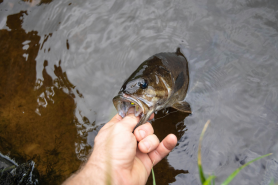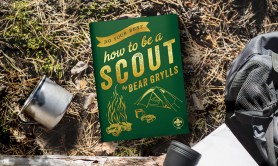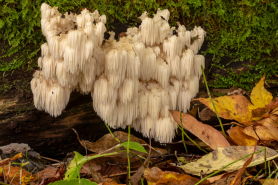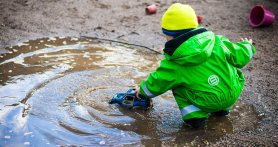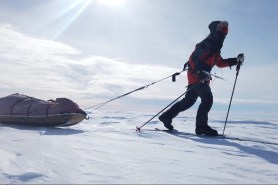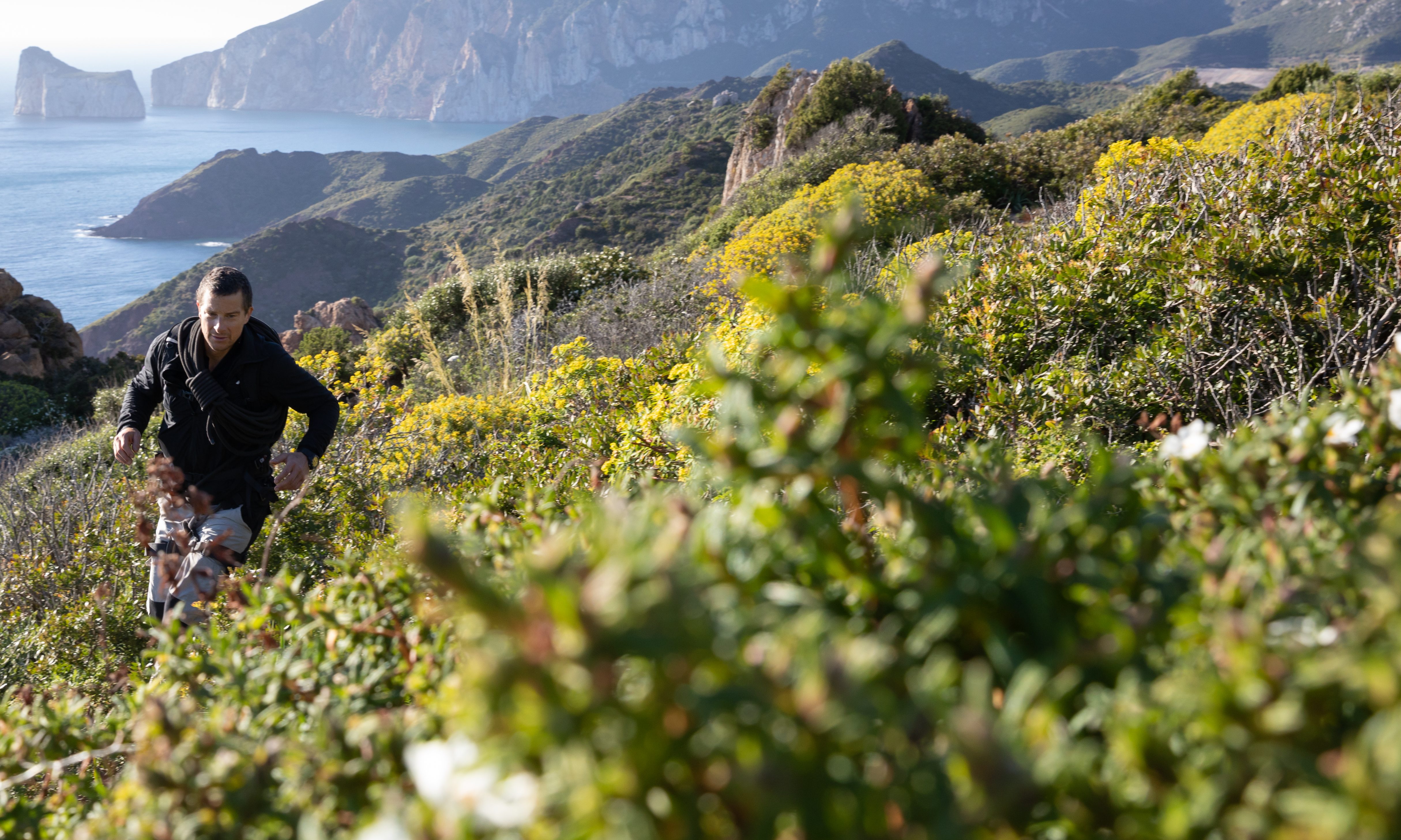

Bear Grylls has had some extreme injuries in the outdoors. At age 21, he broke his back in a parachute accident in Zambia, when the chute failed to open during a 14,000-feet jump. He fractured three vertebrae and spent a year in rehabilitation.
Videos by Outdoors with Bear Grylls
He has also broken a shoulder in Antarctica, been bitten by a scorpion in the Sahara desert, broken his nose in a karate fight, burnt his chest with hot pizza (yes, really) and had a film camera smash into his leg while filming Man vs. Wild in the Canadian Rockies.
His advice about dealing with medical emergencies in a survival situation is to attend to minor injuries immediately, before they become life-threatening. And don’t panic. “If you stay as calm as possible and try to control feelings of panic, your chances of a good outcome will be greatly improved,” he says.
In the interim before you can seek medical help, do yourself a favor and learn these first aid tips that Bear swears by for common injuries.
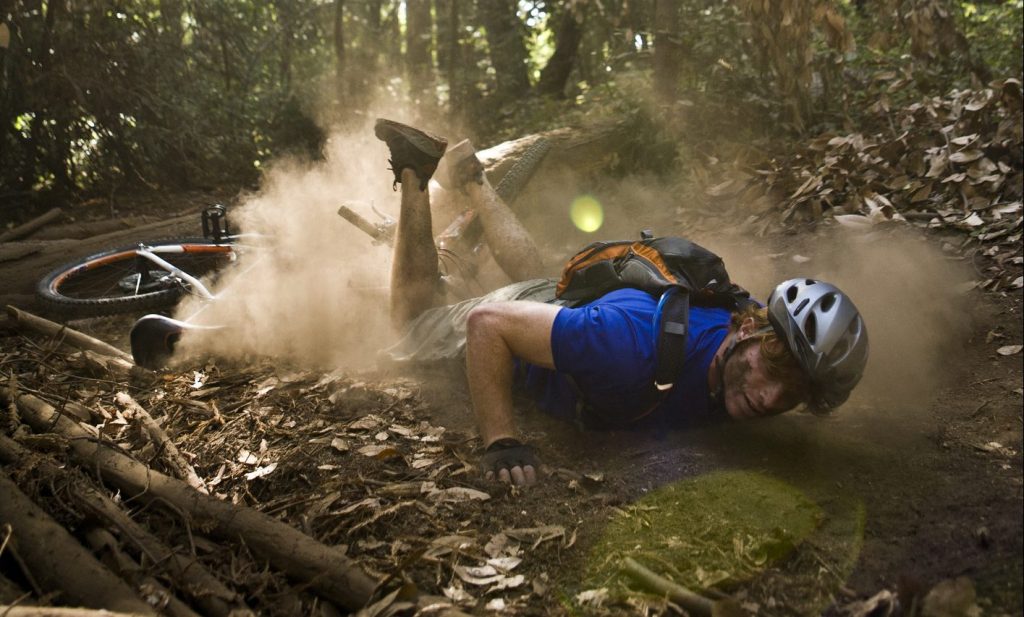
Wounds
These include cuts, blisters, scratches, burns, and frostbite—anywhere the skin is broken.
“They should be treated seriously, however trivial they seem at first glance,” says Bear.
Treat bleeding wounds with pressure and elevation (but don’t elevate snake bites). Clean wounds with water and then keep them clean, and use urine if uncontaminated water is not available.
Burns
Run the area under cold water and keep it there as long as possible to cool the body tissue. Drink plenty of water.
Sunburn
This can happen anywhere, even on a high mountain in winter. Smear exposed skin and your face with earth to protect it from further damage from the rays of the sun.
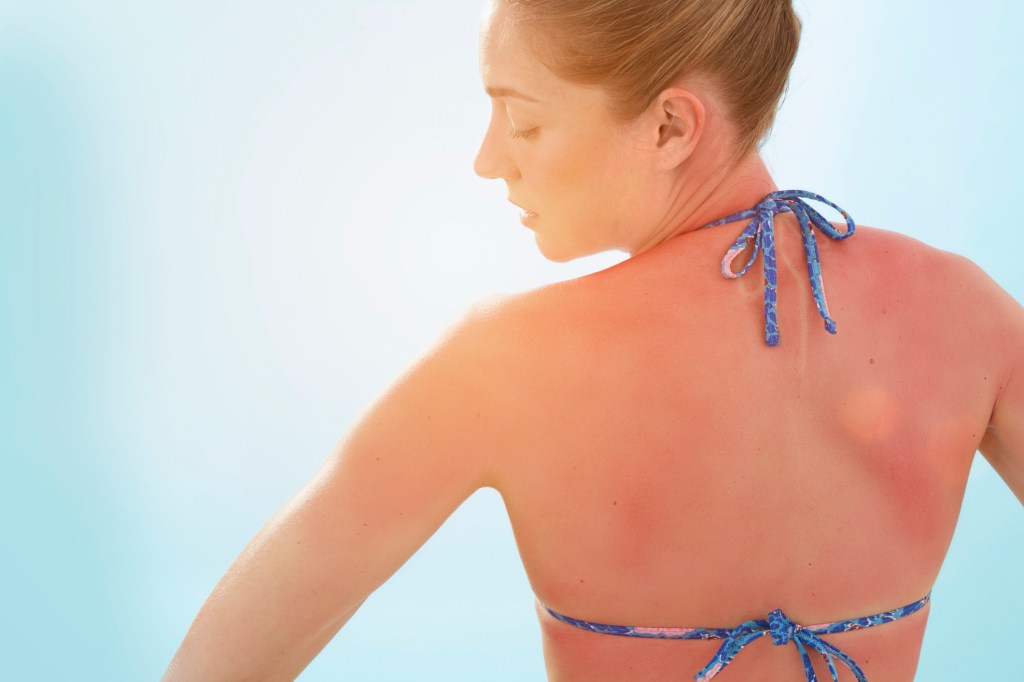
Rashes
“If it’s moist, keep it dry. If it’s dry, keep it moist!” says Bear.
Animal fat can keep dry rashes moist, or try boiled acorns or the bark of a hardwood tree on a weeping rash.
Ticks
Remove the creepie crawlies from your clothing immediately. Boil the clothes or expose them to sunlight. Try to remove ticks from your skin with their heads still attached; using the tip of a burning twig can get the bug to release on its own.
Boils
Apply heat so that the boil comes to a head. To do this, put fabric on the end of a stick and dip it in boiling water. Drain the boil using a sterile instrument and then flush it out under running water and keep it covered.
Blisters
To avoid getting bacteria under the skin, do not pop a blister. If it bursts on its own, treat it like any other open wound: Flush it out with fresh water and allow air to circulate.
Sprains
Follow RICE: Rest, Ice, Compress, Elevate. Stop what you’re doing, use an ice pack or cold water to target swelling, stabilize the area as best you can with an elastic bandage, a belt or other clothing, and keep your limb up.
“[With an ankle sprain] keep your boot on in the first instance in case it’s impossible to put it back on after the limb swells,” says Bear.

Fractures
A step up in seriousness than a sprain, with a fracture you’ll want to do your best to Immobilize the area, to avoid causing internal bleeding from bone fragments. If movement can’t be avoided, splint the area.
Dislocations
“Realigning the limb is best done sooner rather than later,” says Bear.
Do this quickly and early—the short-term pain is better than remaining in agony and not being able to use the limb.


